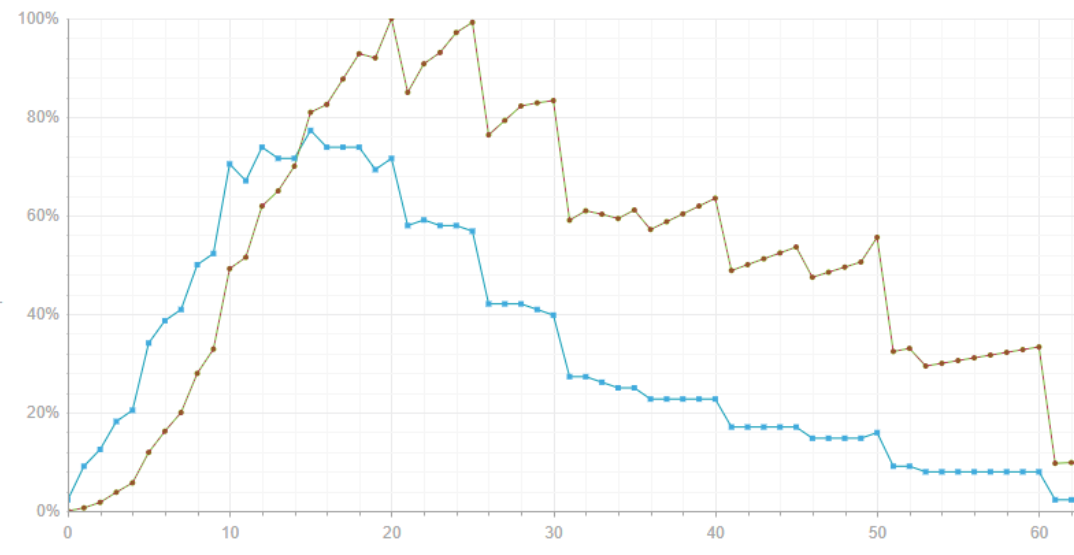How to Effectively Implement Price Segmentation Strategies
 PriceBeam
·
2 minute read
PriceBeam
·
2 minute read

Price segmentation involves charging different prices to different customers for a product or service that is the same or similar. It is a strategy that is very common as customers will face different prices when going to cinemas or when using vouchers in different shops. The airline industry uses price segmentation effectively all the time as customers rarely pay the same price for a particular seat.
Imagine a product costs £25, some customers may be willing to pay more while some others may find that price to be too much. Firms lose money from customers who won't purchase the product at that price as well as losing money from customers who are willing to pay more. If that company were to segment that price into three categories, £20, £25, and £30, then it can appeal to customers looking for a cheaper product as well as extracting that extra revenue from the customer segment that were willing to pay more for their product.
Back to the example with the airlines- a single airplane seat has a variety of different price tags attached to it. The seat is the same to the different customers looking to purchase it but that price varies depending on the customer looking to make the purchase. Customers can be segmented for reasons such as volume, service offering, time of purchase, and location.
Examples of price segmentation
Volume: This form of price segmentation occurs when customers are charged for a lower price per unit. PureGym offers customers the chance to pay for monthly and fixed term memberships. Even though they vary, some customers may prefer a three-month membership over a six or nine-month membership for a variety of reasons and that segmentation allows PureGym to appeal to a more diverse group of customers.
Location: Tickets at concerts and sports events get more expensive the closer they are to the stage/court. A customer may be willing to pay much more if it means they get to be close to the action. On the other hand, a customer who is further away from the stage may only be concerned about being able to spectate.
Time of purchase: This can be seen frequently in the fashion industry. Customers who want to look fashionable will be willing to pay a premium to have articles of clothing that are in season. On the other hand, customers who may not want to pay that much will wait for the end of season sale where the same pieces of clothing are much cheaper.
Service offered: Train companies will offer their customers tickets that can be refunded or non-refunded. Customers may be happy to pay much less to pay for a non-refundable ticket but the trade-off is that they cannot get it refunded should there be a change in travel circumstance for the customer.
Steps towards implementing price segmentation strategies
Segment the market
In order for price segmentation to be successful, companies need to identify different customer segments and separate them based on factors such as willingness to pay. Businesses can segment their customers into groups such as people who are full-time university students and those who aren't. Depending on how the segment has been defined, those who aren't full-time university students will be willing to pay more for a product that those who are full-time university students because they have more money to spend on a particular product or service.
Using market research, one can determine that different segments have different demand curves and willingness-to-pay

The above example is one output from PriceBeam's Comparative Willingness-to-pay solution. it shows that one segment has a significantly higher willingness-to-pay than the other. Insights like these can be used to derive pricing and product strategies to best meet such market differences.
Construct an effective pricing mechanism
It is easier said than done when it comes to segmenting customers. Price segmentation requires subtlety because if you explicitly state wealthier customers are required to pay more than poorer customers, there is going to be a lot of customer backlash. Companies need to dedicate ample time to figure out how to get their richer customers to pay more for their product because it is a chance for them to tap into that higher willingness to pay.
.png?width=400&height=100&name=PBLogoTransparent%20(1).png)



